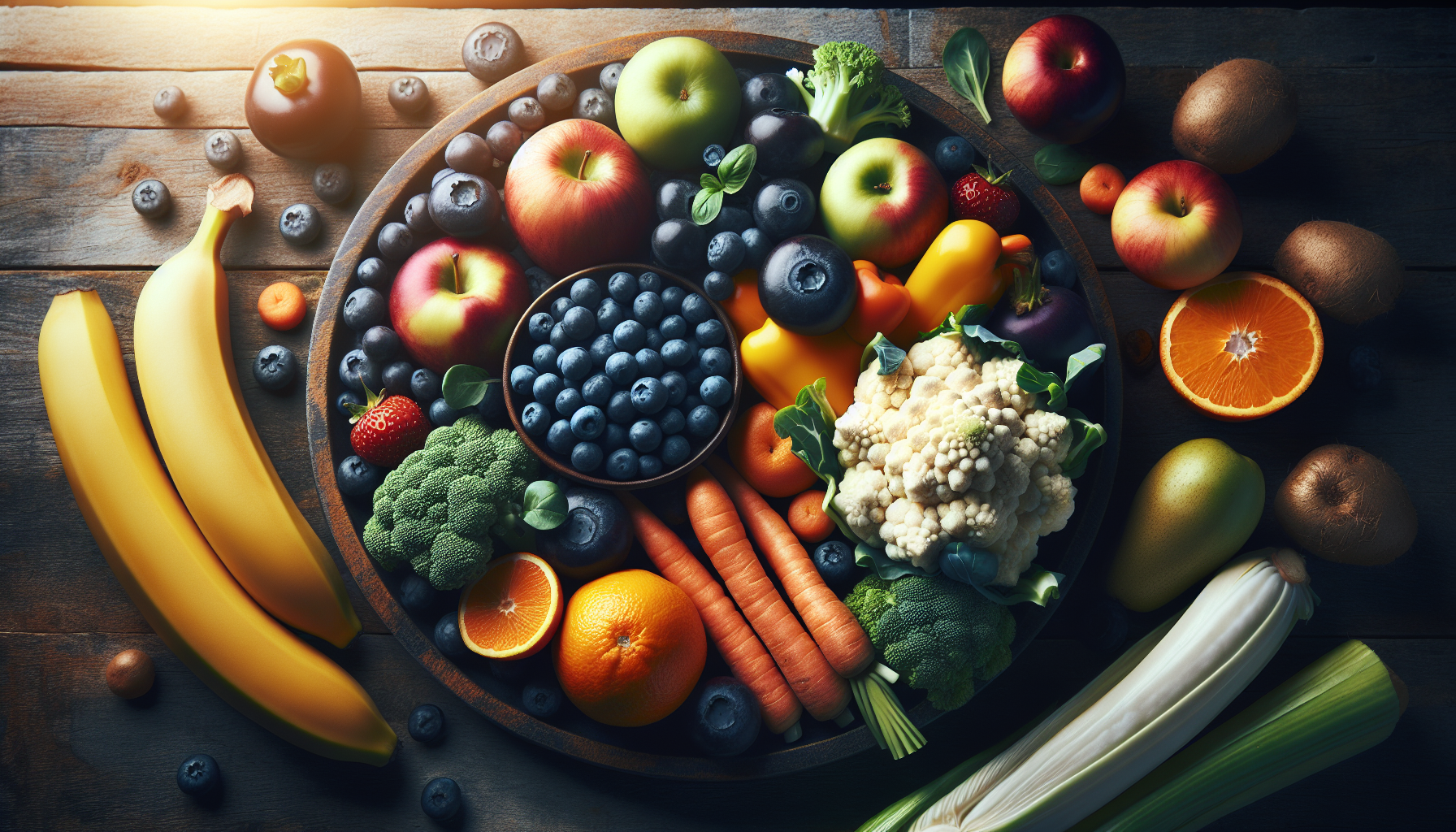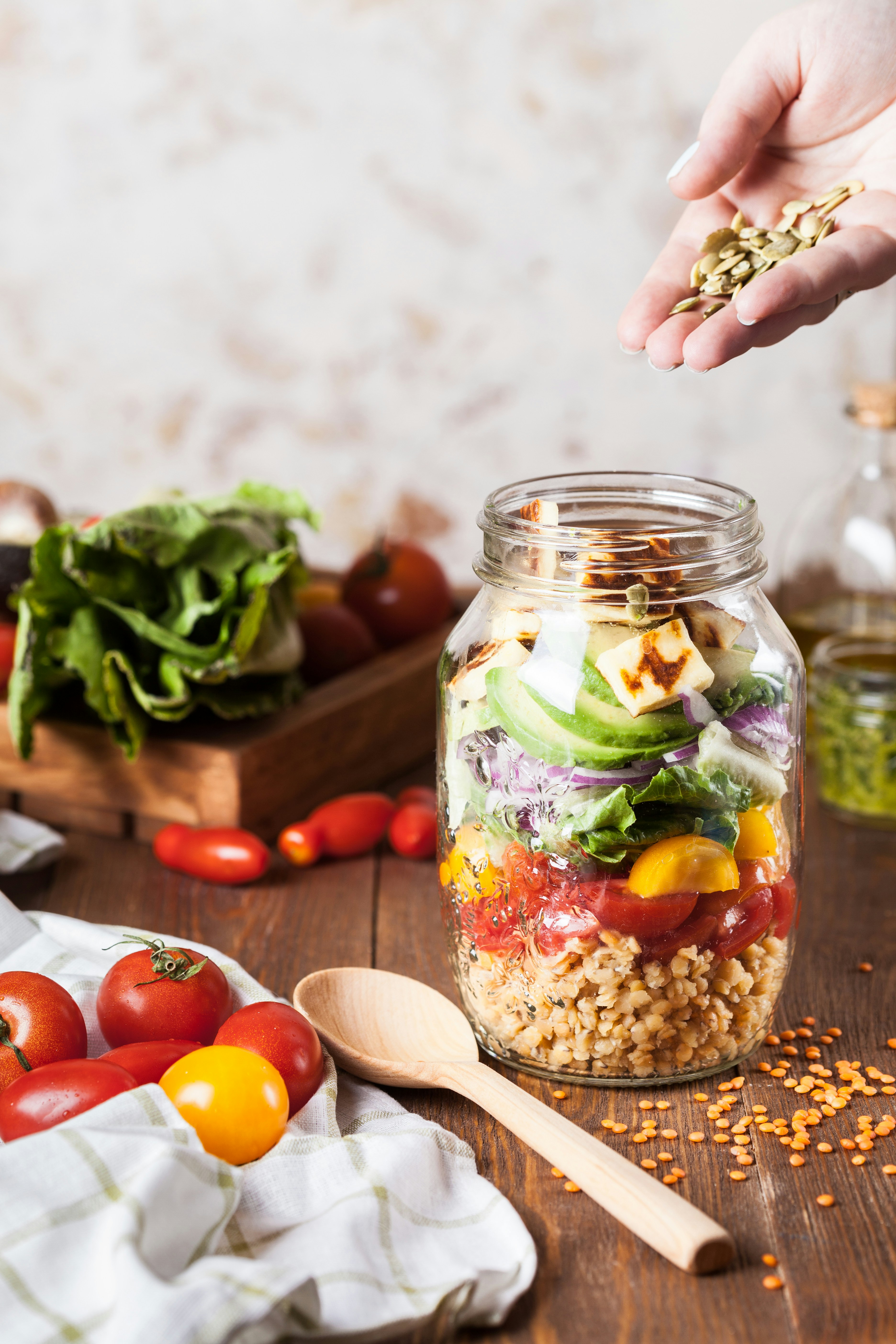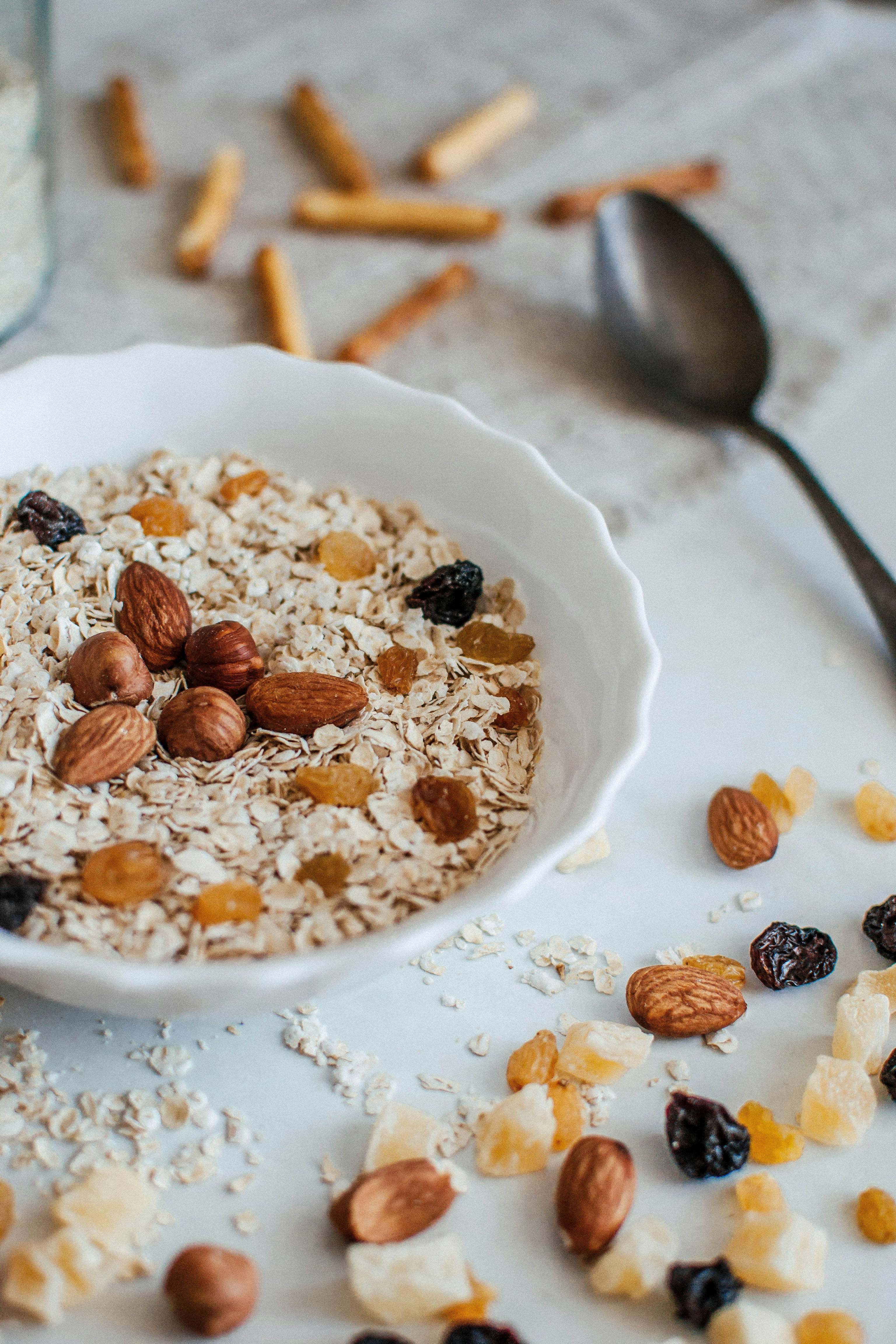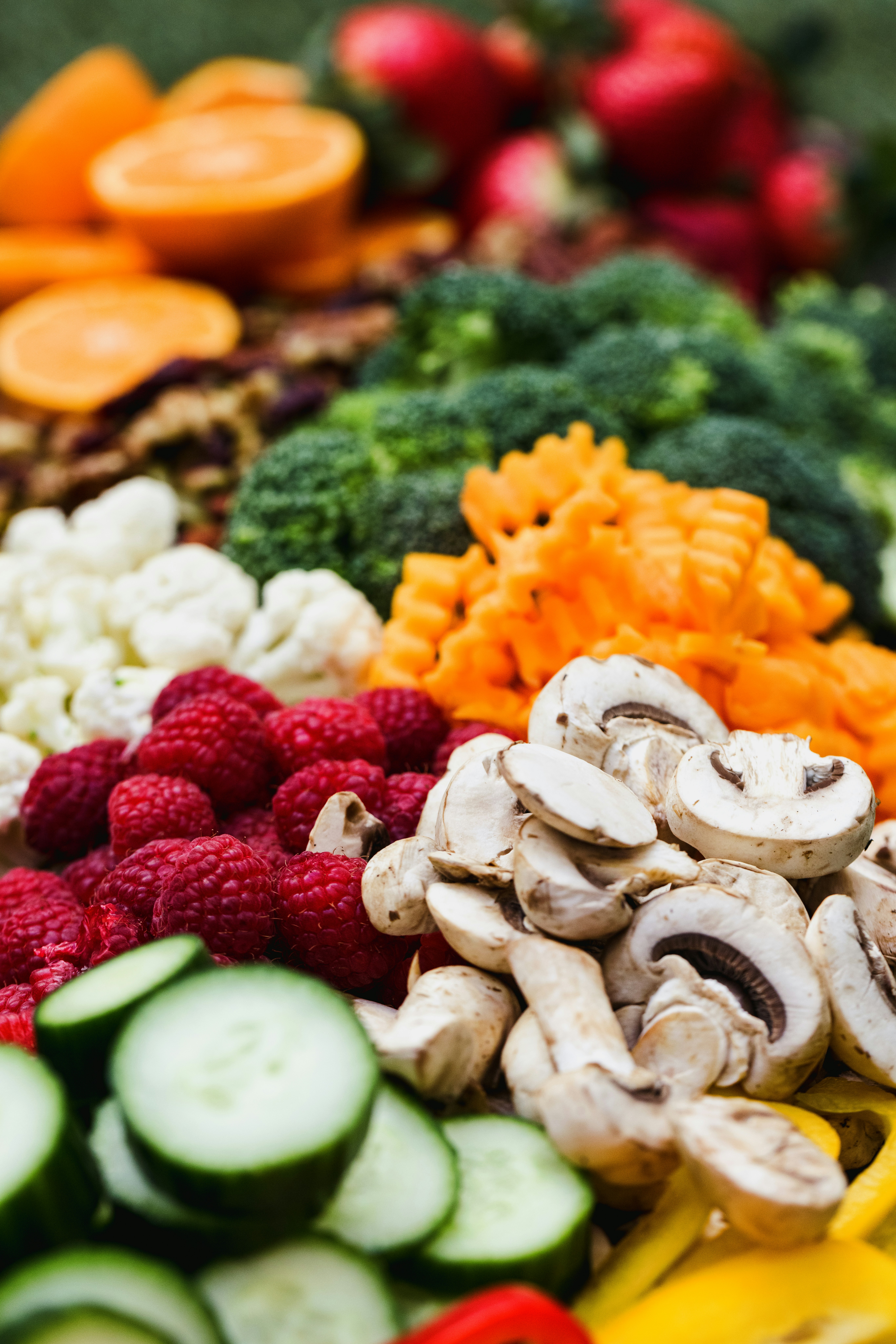What are the nutritional implications of following a low-oxalate diet?
If you’ve been advised to follow a low-oxalate diet, you might have questions about how it can affect your overall nutrition. This approach is often recommended for various health reasons, especially for those dealing with kidney stones or specific conditions like hyperoxaluria. While it can offer health benefits, it can also lead to nutritional gaps if you’re not careful. Let’s break down what you need to know about this diet and the potential nutritional deficiencies that could arise from it.
Understanding Oxalates
What Are Oxalates?
You might be wondering, what exactly are oxalates? Oxalates are naturally occurring compounds found in many foods, particularly in plant-based items. When consumed, oxalates can bind with calcium in your body, forming crystals. For some people, especially those prone to kidney stones, these crystals can lead to discomfort and health issues. This is why reducing oxalate intake can be beneficial for certain individuals.
Why Go Low-Oxalate?
You might think the low-oxalate diet sounds restrictive, and it can be. However, for those struggling with kidney stones or related conditions, following this diet can reduce their risk of recurrence. It’s all about balancing your meals to keep those oxalate levels manageable, but doing so without sacrificing essential nutrients can be more complicated than it seems.
Common High-Oxalate Foods
Identifying Problematic Foods
In the transition to a low-oxalate diet, it’s crucial to identify which foods to avoid. Foods often high in oxalates include:
| Food Category | Examples |
|---|---|
| Vegetables | Spinach, beets, and Swiss chard |
| Fruits | Raspberries, blackberries, and figs |
| Nuts and Seeds | Almonds and cashews |
| Grains | Wheat bran and buckwheat |
| Legumes | Soy products and kidney beans |
| Beverages | Tea (especially black tea) |
This list may seem daunting, but it’s important to remember that there are plenty of other delicious options available.
Nutritional Gaps on a Low-Oxalate Diet
Key Nutrients to Watch For
When you cut out high-oxalate foods, you may unintentionally limit your intake of several crucial nutrients. The major ones to be cautious about include:
- Calcium: Many dairy products are low in oxalates, but some of your preferred sources may need to be avoided.
- Magnesium: Leafy greens often serve as a great source of magnesium, which is typically reduced on this diet.
- Fiber: A lower intake of fruits and whole grains can lead to a deficiency in fiber, which is essential for digestive health.
- Vitamin C: Certain fruits high in vitamin C, like oranges and strawberries, may not fit within a low-oxalate framework.
Recognizing these gaps can help you make more informed dietary choices.
The Calcium Dilemma
Calcium is essential for bone health, and sadly, reducing dairy and other calcium-rich foods due to their oxalate content can leave you at risk for deficiencies. You might need to rethink how you incorporate calcium into your daily routine.
Alternative Calcium Sources
To replace the calcium you might lose, consider these low-oxalate options:
| Food | Calcium Content (mg) |
|---|---|
| Low-fat yogurt | 300 (per 8 oz) |
| Mozzarella cheese | 333 (per 1 oz) |
| Fortified tofu | 200 (per 1/2 cup) |
| Canned salmon with bones | 200 (per 3 oz) |
Remember to check food labels and keep your portions in mind.
Magnesium: An Overlooked Essential
In the realm of minerals, magnesium is often swept under the rug, but it plays a critical role in multiple bodily functions. Since many high-oxalate foods are rich in magnesium, a deficiency may be likely on a low-oxalate diet.
Low-Oxalate Magnesium Sources
Here’s a table with some magnesium-rich foods that fit within a low-oxalate regime:
| Food | Magnesium Content (mg) |
|---|---|
| Pumpkin seeds | 151 (per oz) |
| Sunflower seeds | 91 (per oz) |
| Quinoa | 118 (per cup cooked) |
| Fish (salmon) | 26 (per 3 oz) |
Incorporating those into your meals can help bridge the magnesium gap.
Fiber: The Digestive Need
With fiber being a major component of fruits, whole grains, and legumes, removing many of these foods can lead to digestive issues. If your diet begins to lack fiber, you might encounter constipation or other digestive discomforts.
Low-Oxalate Fiber Sources
Though the variety may shrink, you can fill your diet with hearty options, including:
| Food | Fiber Content (g) |
|---|---|
| Chia seeds | 10 (per ounce) |
| Blueberries | 4 (per cup) |
| Carrots | 4 (per medium carrot) |
| Oats (regular) | 4 (per cup cooked) |
Vitamin C: A Crucial Antioxidant
Vitamin C is an amazing antioxidant that strengthens your immune system and promotes healthy skin. High-oxalate fruits often contain this vitamin, so it can be a challenge to get enough.
Low-Oxalate Vitamin C Sources
Check out some vitamin C-rich options that are lower in oxalates:
| Food | Vitamin C Content (mg) |
|---|---|
| Bell peppers | 190 (per cup) |
| Cabbage | 54 (per cup chopped) |
| Broccoli | 81 (per cup cooked) |
| Cauliflower | 48 (per cup cooked) |
Integrating these foods into your meals can help keep your vitamin C levels up.
Strategies to Prevent Nutritional Gaps
Mindful Eating
As you navigate your low-oxalate journey, mindfulness in food choices can dramatically help. Regularly examine your menu and ensure you’re including a wide range of foods to meet your nutritional needs.
Supplements: A Viable Solution?
If you find that whole-food sources aren’t meeting your needs, discussing supplementation with your healthcare provider may be smart. A good multivitamin or specific mineral supplements can help you fill the gaps that a low-oxalate diet might create.
Seek a Nutritionist’s Guidance
If all of this sounds overwhelming, consider working with a registered dietitian or nutritionist. They can tailor a meal plan that helps you stay within your dietary restrictions while keeping nutritional adequacy in check.

Conclusion
Maintaining a low-oxalate diet need not lead to nutritional deficiencies — but it does require diligence and creativity. Balancing your meals with attention to food choices will mitigate potential gaps in essential nutrients. Make sure to incorporate foods that are low in oxalates yet rich in vital minerals and vitamins, and stay tuned to your body’s reactions. Being proactive about nutrition will empower you to navigate this dietary path effectively. So go ahead and create delicious, nutritious meals that fit your low-oxalate lifestyle!





